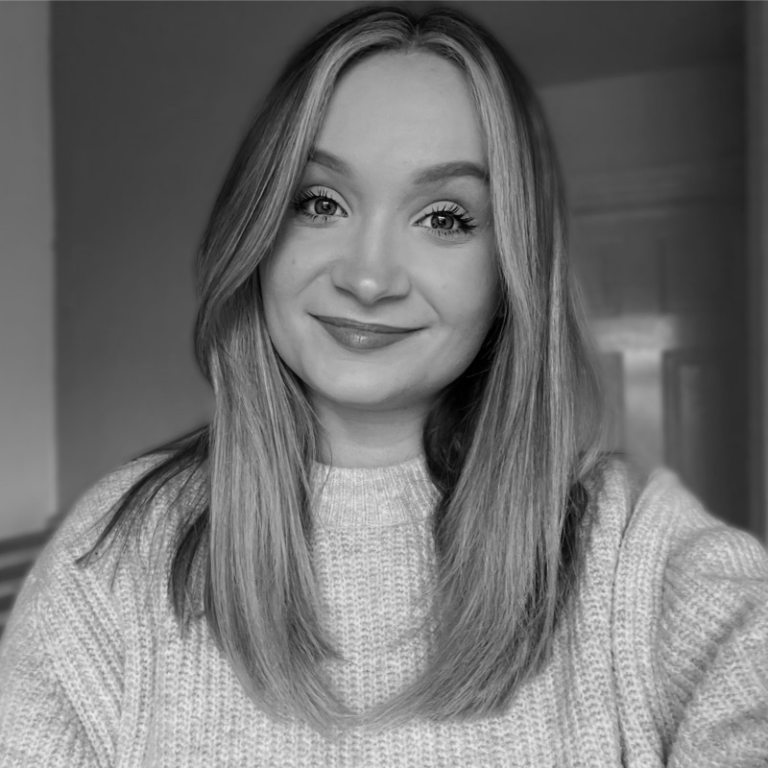Does your team use company cars or vans for personal use? Then you need to make sure you’re up to speed on car fuel benefit—including the 2024/25 rates, how to report to HMRC, and the tax and National Insurance implications. So let’s take a look!
What is a car fuel benefit?
The car fuel benefit is a perk provided by employers to employees who use company cars for personal journeys. It’s an additional benefit on top of the company car itself, because employers cover the cost of fuel for private use. Because of that, though, it’s also subject to taxation from the employee. This means it’s added to overall income and your employees will be taxed accordingly.
What are the 2024/25 rates?
As part of the Autumn Statement 2023, the government announced that the van benefit charge and the car and van fuel benefit charges will not rise but be maintained at 2023/24 levels for 2024/25.
The rates will remain as:
- Van Benefit Charge of £3,960
- Car Fuel Benefit Charge multiplier £27,800
- Van Fuel Benefit Charge rate of £757
What are the 2024/25 advisory fuel rates for company cars?
The fuel rates provided by HMRC for company cars, from 1 March 2024, are as follows:
Petrol
| Engine size | Petrol — rate per mile | LPG — rate per mile |
|---|---|---|
| 1400cc or less | 13 pence | 11 pence |
| 1401cc to 2000cc | 15 pence | 13 pence |
| Over 2000cc | 24 pence | 21 pence |
Diesel
| Engine size | Diesel — rate per mile |
|---|---|
| 1600cc or less | 12 pence |
| 1601cc to 2000cc | 14 pence |
| Over 2000cc | 19 pence |
Electric
| Electric — rate per mile |
|---|
| 9 pence |
Hybrid
Hybrid cars are treated as either petrol or diesel cars for advisory fuel rates.
What do employers need to do to process car fuel benefit?
There are two ways to currently process and report car fuel benefit to HMRC.
The first is via a P11D form at the end of the tax year, just as you would with other benefits.
The second is via the payrolling of the car fuel benefit, meaning that the benefit is processed through payroll and tax is deducted in real time.
It’s also worth noting that payrolling of benefits is set to become mandatory in 2026, so if you’re currently using P11Ds to process your car fuel benefit, now is the time to make the switch and start processing things directly through your payroll.
Tax and Class 1A NICs on car fuel benefit
As we mentioned earlier, your employees will need to pay tax on any car fuel benefit they receive. Alongside the rates and employee’s tax bracket, the taxable value is calculated based on an appropriate percentage determined by HMRC which considers the car’s CO2 emissions. Lower emissions have a lower percentage, and higher emissions a higher percentage—ranging from 2% up to 37%.
Your organisation has its own contributions to make, too. You’ll need to pay Class 1A National Insurance Contributions on the value of the car fuel benefit provided to your employees. The current rate is 13.8%.
Get the latest insights and best practice guides, direct to your inbox.
How does HMRC calculate advisory fuel rates?
HMRC calculates advisory fuel rates for company cars based on average fuel prices and typical vehicle fuel consumption. These rates are designed to reflect the cost of fuel per mile for different car types and engine sizes. They’re reviewed quarterly to make sure they align with current fuel prices, providing a guideline for reimbursing employees for business travel in company cars.
The breakdown of calculations is shown in the following tables from HMRC:
Petrol
| Engine size (cc) | Mean MPG | Fuel price (per litre) | Fuel price (per gallon) | Rate per mile | Advisory fuel rate |
|---|---|---|---|---|---|
| Up to 1400 | 49.5 | 140.6 pence | 639.0 pence | 12.9 pence | 13 pence |
| 1401 to 2000 | 42.1 | 140.6 pence | 639.0 pence | 15.2 pence | 15 pence |
| Over 2000 | 26.7 | 140.6 pence | 639.0 pence | 24.0 pence | 24 pence |
Diesel
| Engine size (cc) | Mean MPG | Fuel price (per litre) | Fuel price (per gallon) | Rate per mile | Advisory fuel rate |
|---|---|---|---|---|---|
| Up to 1600 | 56.7 | 149.4 pence | 679.0 pence | 12.0 pence | 12 pence |
| 1601 to 2000 | 48.0 | 149.4 pence | 679.0 pence | 14.2 pence | 14 pence |
| Over 2000 | 36.3 | 149.4 pence | 679.0 pence | 18.7 pence | 19 pence |
LPG
| Engine size (cc) | Mean MPG | Fuel price (per litre) | Fuel price (per gallon) | Rate per mile | Advisory fuel rate |
|---|---|---|---|---|---|
| Up to 1400 | 39.6 | 96.5 pence | 438.7 pence | 11.1 pence | 11 pence |
| 1401 to 2000 | 33.7 | 96.5 pence | 438.7 pence | 13.0 pence | 13 pence |
| Over 2000 | 21.3 | 96.5 pence | 438.7 pence | 20.6 pence | 21 pence |
The perfect expenses software for managing your company cars and fuel
To ensure that you are keeping track of any fuel used by your employees for personal use in a company car it’s important to ask your team to keep a record of all fuel used. You can do this using an expense management platform like Capture Expense.
If you’re looking for a payroll, HR, and expense management system which works together to keep all your benefits, expenses, and pay in one place then look no further than our integrated systems. Book a demo with one of our expense management experts today.


